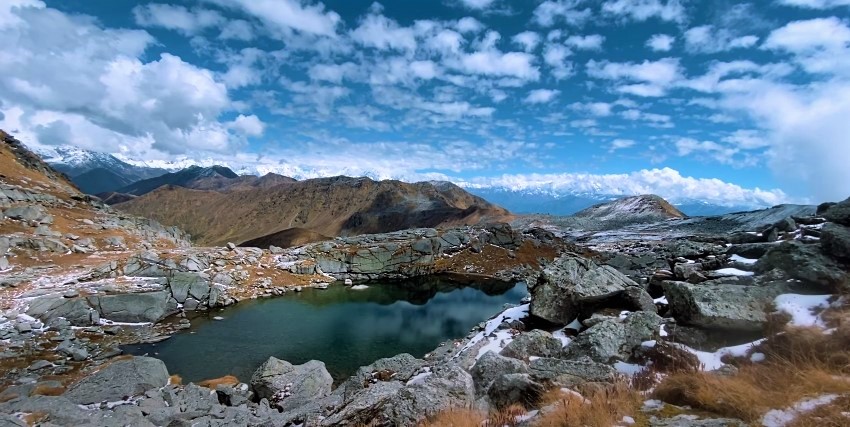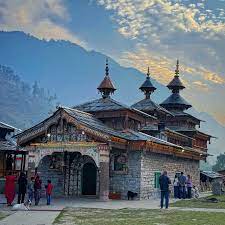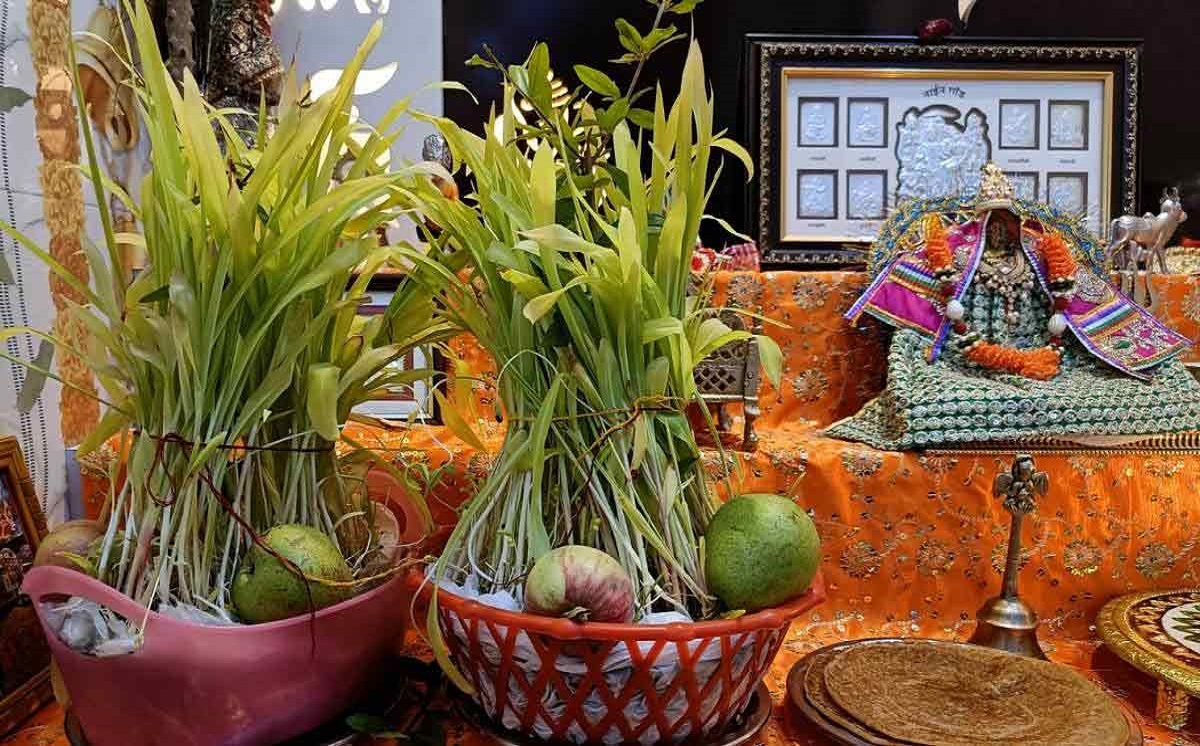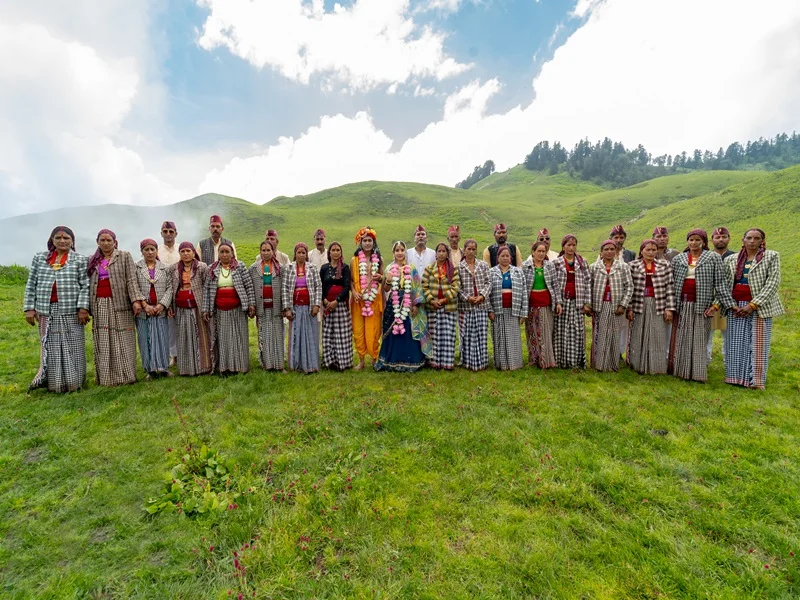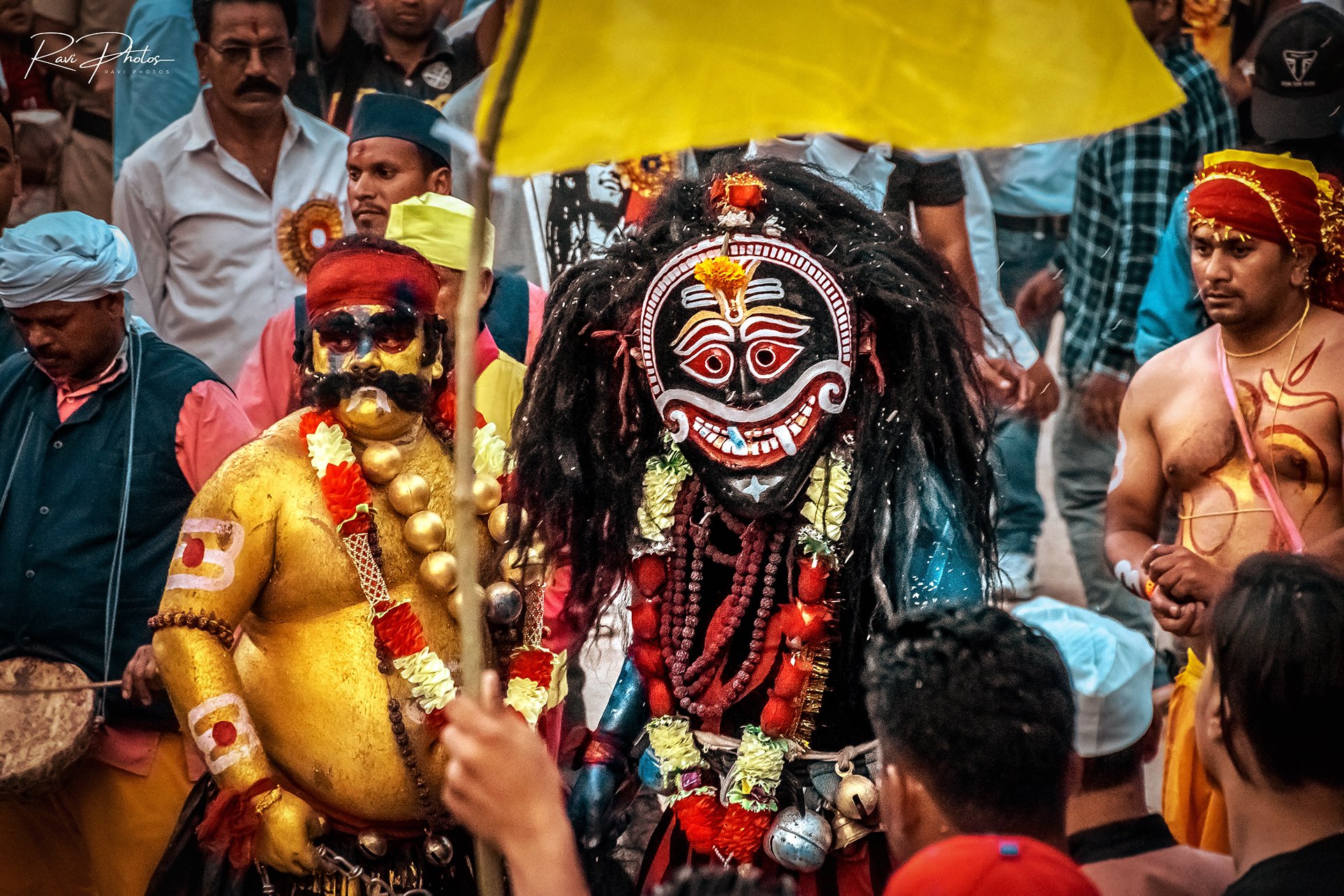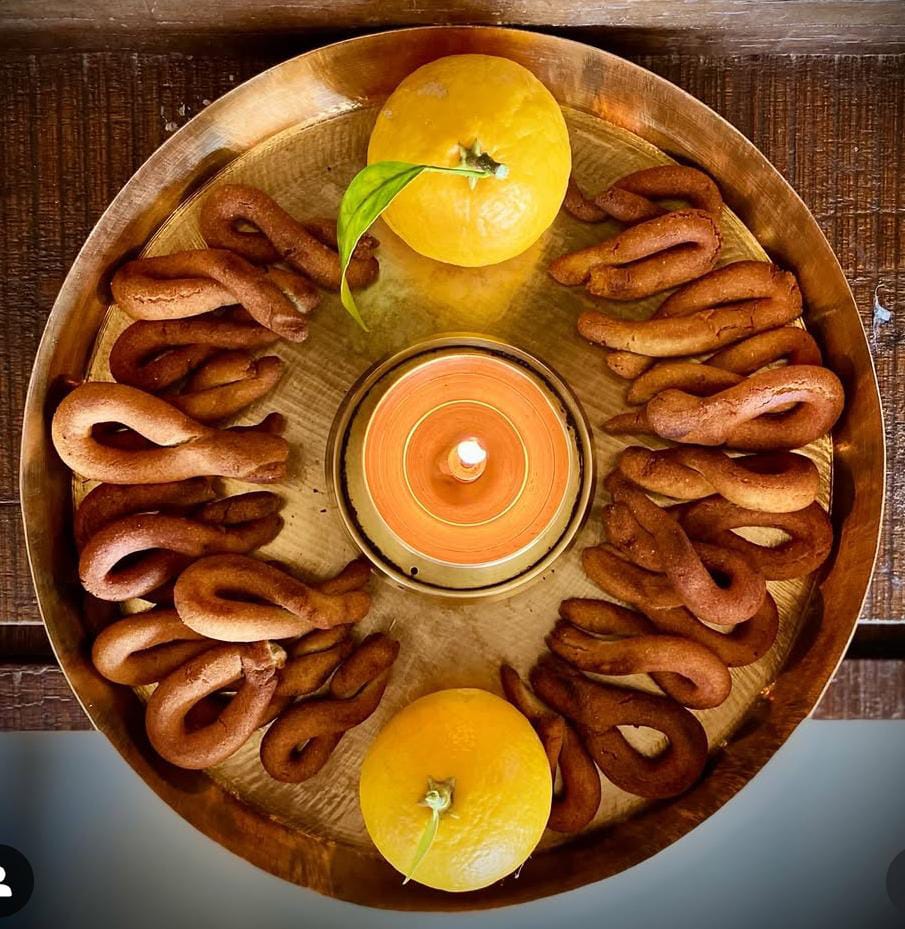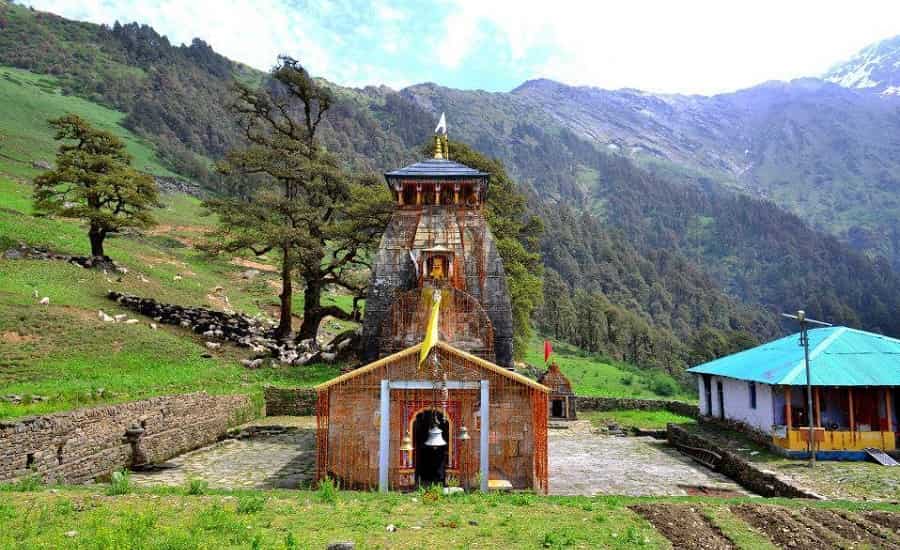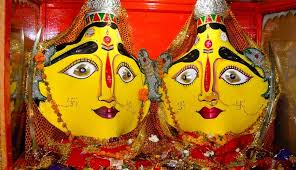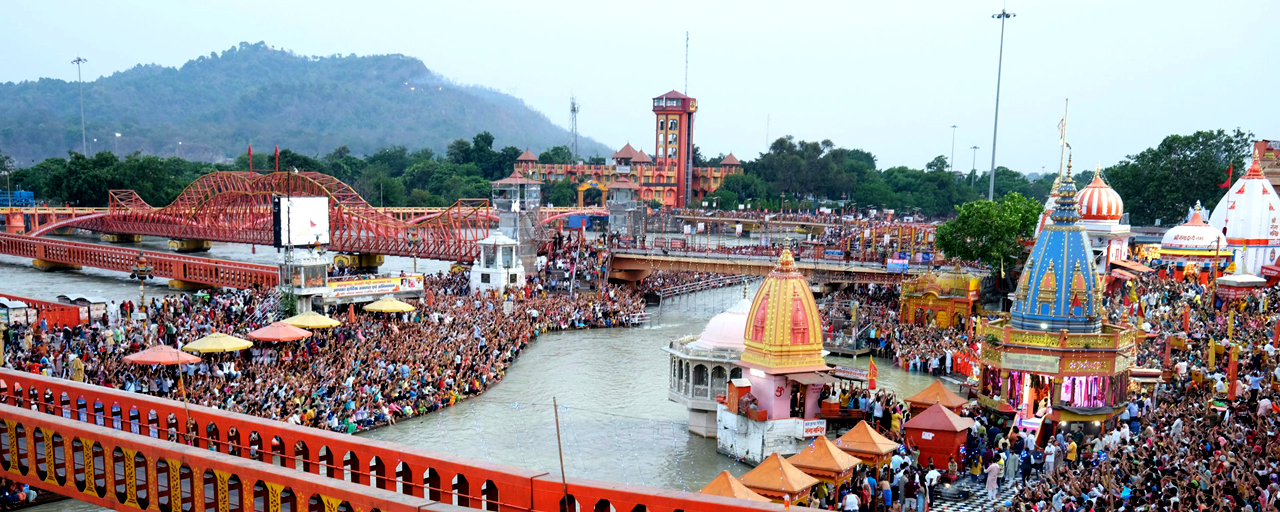In the mountains, festivals don’t always come with noise. Some arrive softly. Ghee Sankranti (घी संक्रांति) is like that. People also call it Olgia (ओल्गिया) or Ghee Tyar (घी त्यार). By the middle of August, the monsoon has done its work. The fields are green, cows are fat with grass, and streams run full. Life feels a little easier. This festival comes in that moment, when stomachs are full and hearts turn to gratitude.
The Day Feels Different
This morning, houses smell of ghee (घी), not just from the kitchen, but even on the forehead of children. Mothers take a drop of ghee and press it as a tilak (तिलक). In kitchens, thick chapatis stuffed with urad dal (उड़द दाल) puff on the tawa (तवा). When they are ready, more ghee is poured on top until the bread shines. Everyone laughs that you can almost drink it. Children dip fingers in ghee bowls and lick them secretly.
The cattle are not left out. They get extra fodder, sometimes jaggery (गुड़) mixed with flour. After all, without them, there is no milk, no curd, no ghee.
A Festival of Gifts
This is also the festival of giving. In the old days, sons-in-law brought gifts to their fathers-in-law. Nephews took something for their mama (मामा). Farmers gave what they had ghee, curd, or firewood. Artisans offered tools, an axe, a sickle, even small things like datkhocha (दांत खोचा), the handmade toothpicks used in villages.
It was never about price. The gifts were simple, but they carried respect. And in return came blessings, a handful of walnuts, or maybe a piece of cloth. The act mattered more than the item.
How It Looks in a Village
Picture a mountain courtyard. The ground is damp with monsoon mud, yet someone has spread a clean rug. Children sit cross-legged, waiting. Brass plates are placed before them, shining yellow against the earth. The smell of ghee mixes with the smoky air from the chulha (चूल्हा). Women come out carrying stacks of rotis, still hot. Men laugh, talking about fields and rain.
Somewhere, a goat bleats. From a distance, a temple bell rings slowly. Nothing feels hurried. It is a day to eat, to talk, to sit in company.
The Sun and the Soil
People say this day is also Singh Sankranti (सिंह संक्रांति). The sun moves into a new zodiac. Some take a holy dip in rivers. Some offer food to the needy. But in most homes, it is not about astrology. It is about land and cattle, rain and family. The real worship happens in kitchens and fields. When food is cooked with care, when cattle are fed with love, that is prayer enough.
The Taste That Stays
Ask anyone from the hills about Olgia, and they will tell you about the taste. Rotis dripping with ghee. Panjiri (पंजीरी) that sticks to your fingers. Butter melting on your tongue. These foods are not fancy, yet they live in memory. Maybe because they are tied to the soil. Every bite carries the smell of the farm, the work of cattle, the hand of the cook.
Small Stories That Make It Real
- A grandmother sitting in her kitchen, stirring flour and ghee, her bangles clinking as she works.
- A father returning from the fields, handing walnuts to his son.
- A young boy holding an axe proudly, going to his uncle’s house as a gift.
- Women singing a folk song, voices echoing across the valley while they prepare food.
- Neighbours sharing tea after exchanging gifts, talking of rain, crops, and the coming winter.
These are not grand rituals, yet they stay longer in the heart than big shows.
The Festival Today
Not all customs are followed the same way now. In towns, the younger generation may only know the name. But in villages, the day still holds. Chapatis with ghee are still made. Tilak on children’s foreheads is still pressed. Families still meet and exchange what they can.
Schools in Uttarakhand sometimes remind children of this day. Cultural groups sing the old songs. Slowly, people are bringing it back, not as a rule, but as a memory worth keeping.
What It Teaches
Olgia teaches something simple. Gratitude does not need noise. It does not need lights or drums. It can sit in a bowl of ghee, in a plate of food shared with family, in a simple tool gifted with respect. It reminds us that festivals are not always about gods in temples. Sometimes they are about the soil beneath our feet, the animals in our sheds, the family ties that hold us.
Closing the Day
As evening falls, lamps are lit. The smell of ghee still lingers in the air. Children run about with sticky fingers, elders sit quietly, cows chew in their sheds. The hills echo with a soft stillness.
That is Ghee Sankranti. A festival that does not shout. A festival that breathes quietly, like the earth itself giving thanks.

